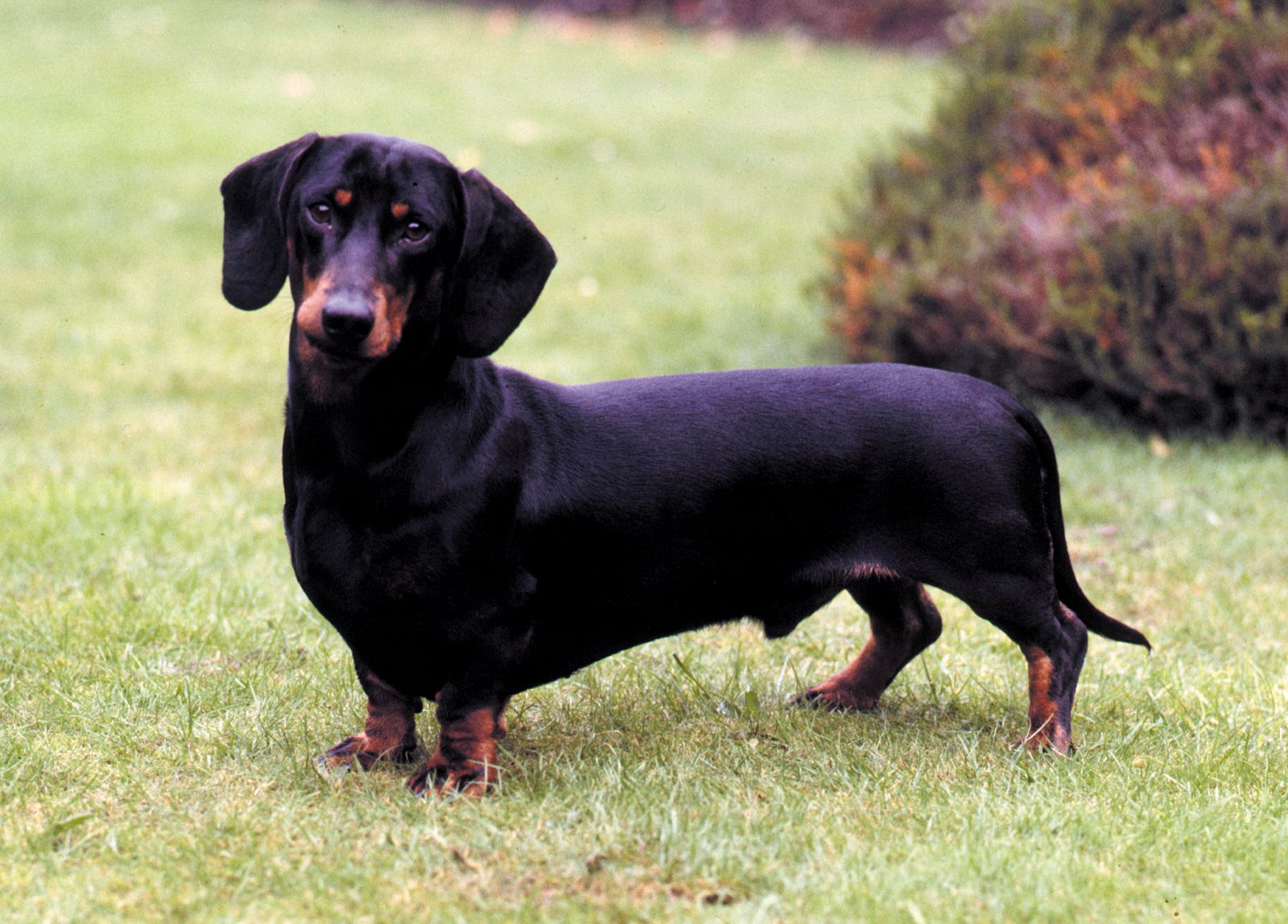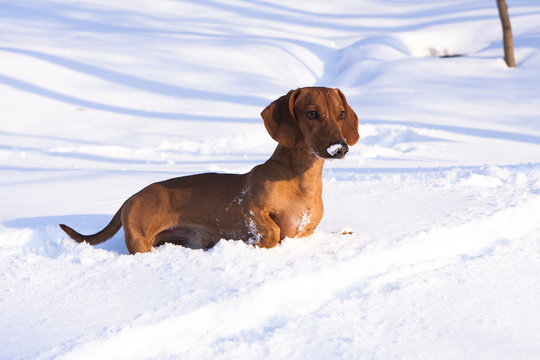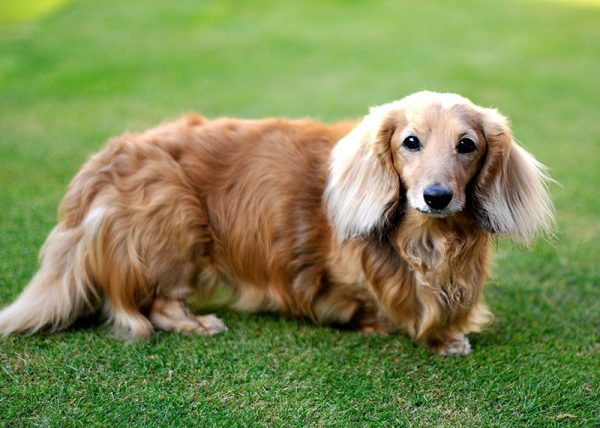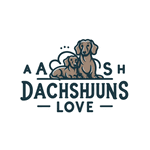Contents
The Dachshund: A Beloved and Unique Breed
The dachshund, often affectionately called the Sausage Dog, is a beloved breed that has captured hearts worldwide. With its distinctive appearance and playful personality, it’s no surprise that this little dog has become a popular companion. But there’s more to the Dachshund than meets the eye. In this article, we take an in-depth look at the German Dachshund, exploring its history, temperament, care needs, health concerns, training tips, and cultural significance.
Dachshund Temperament and Personality: Loyal Companions

The Dachshund’s delightful personality is one of the main reasons for its widespread popularity. Known for being loyal, affectionate, and energetic, this breed was originally bred as a fearless hunter. While its hunting days are mostly behind it, the spirited nature of the Dachshund remains intact.
Key Traits of the Dachshund
- Playful and Energetic: Dachshunds are full of energy and love engaging in games or outdoor activities. Their determination and fearlessness, rooted in their hunting heritage, make them lively companions.
- Affectionate and Loyal: They form strong bonds with their families, often seeking snuggles and cuddles. Their protective instincts make them excellent watchdogs.
- Independent Thinkers: While intelligent, Dachshunds can be stubborn and may challenge their owners. Consistent training and positive reinforcement help manage this streak.
Dachshunds are social animals, thriving on human companionship. They are great with children when properly socialized but may not always get along with smaller pets like cats or rodents due to their hunting instincts.
Caring for Your Dachshund: Exercise, Nutrition, and Grooming

To ensure a happy and healthy Dachshund, owners must address the breed’s specific care needs.
Exercise Needs
Dachshunds may be small, but they have plenty of energy to burn. Regular daily walks and playtime are crucial. However, their long backs and short legs make them prone to back problems. Avoid high-impact activities like jumping or running up stairs, which can strain their spine.
Nutrition Requirements
A balanced diet tailored to the Dachshund’s age, size, and activity level is essential. Overfeeding should be avoided as obesity can exacerbate back issues. Consult with your veterinarian to determine appropriate portion sizes and feeding schedules.
Grooming Needs
Dachshunds come in three coat varieties—smooth, wire-haired, and long-haired—each with different grooming requirements:
- Smooth-coated: Minimal grooming, requiring a weekly brush.
- Wire-haired and Long-haired: Require brushing 2–3 times a week to prevent tangles. Occasional trimming may also be needed.
All Dachshunds benefit from regular nail trims, baths, and dental care.
Health Concerns: Understanding Potential Issues

Dachshunds generally live 12–16 years but are susceptible to certain health problems:
- Intervertebral Disc Disease (IVDD): Their long spine makes them prone to this condition, which can lead to pain or paralysis. Preventative care includes maintaining a healthy weight and avoiding activities that stress their back.
- Obesity: Excess weight strains their back and joints, contributing to serious health issues.
- Eye Problems: Dachshunds may develop conditions like cataracts or glaucoma. Regular eye exams are recommended.
- Dental Disease: Their small jaw structure can lead to tooth decay and gum problems. Routine dental care is essential.
Training a Dachshund: Tips for Success

Dachshunds are intelligent but independent, which can make training a challenge. With patience and the right approach, they can become well-behaved companions.
- Start Early and Stay Consistent: Begin training as soon as possible and set clear rules to establish boundaries.
- Use Positive Reinforcement: Reward-based methods such as treats, praise, and playtime work best for this sensitive breed.
- Socialization: Expose your Dachshund to various people, animals, and environments early to prevent fear or aggression.
Dachshunds in History and Popular Culture

The Dachshund’s roots trace back to Germany, where it was bred for hunting badgers. Over the years, this breed has made its mark in history and popular culture.
Historical Roles
During World War I, Dachshunds served as messenger dogs, navigating trenches due to their small size and agility.
Famous Owners
Notable figures like Pablo Picasso, Audrey Hepburn, and Adele have owned Dachshunds, cementing the breed’s place in celebrity circles.
Pop Culture Icons
From movies like Lady and the Tramp to various TV appearances, the Dachshund’s charming personality has captured the imagination of audiences worldwide.
Conclusion
The Dachshund is much more than a cute and quirky dog. Its rich history, unique traits, and endearing personality make it a remarkable breed. Whether you’re seeking a loyal companion, a playful family pet, or a spirited watchdog, the Dachshund is sure to leave an indelible mark on your heart.
If you’re considering adding a Dachshund to your family, research the breed thoroughly, choose a reputable breeder, and prepare for a lifetime of love and companionship with this extraordinary dog
